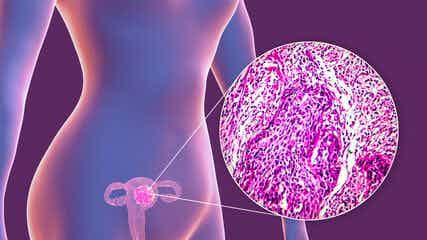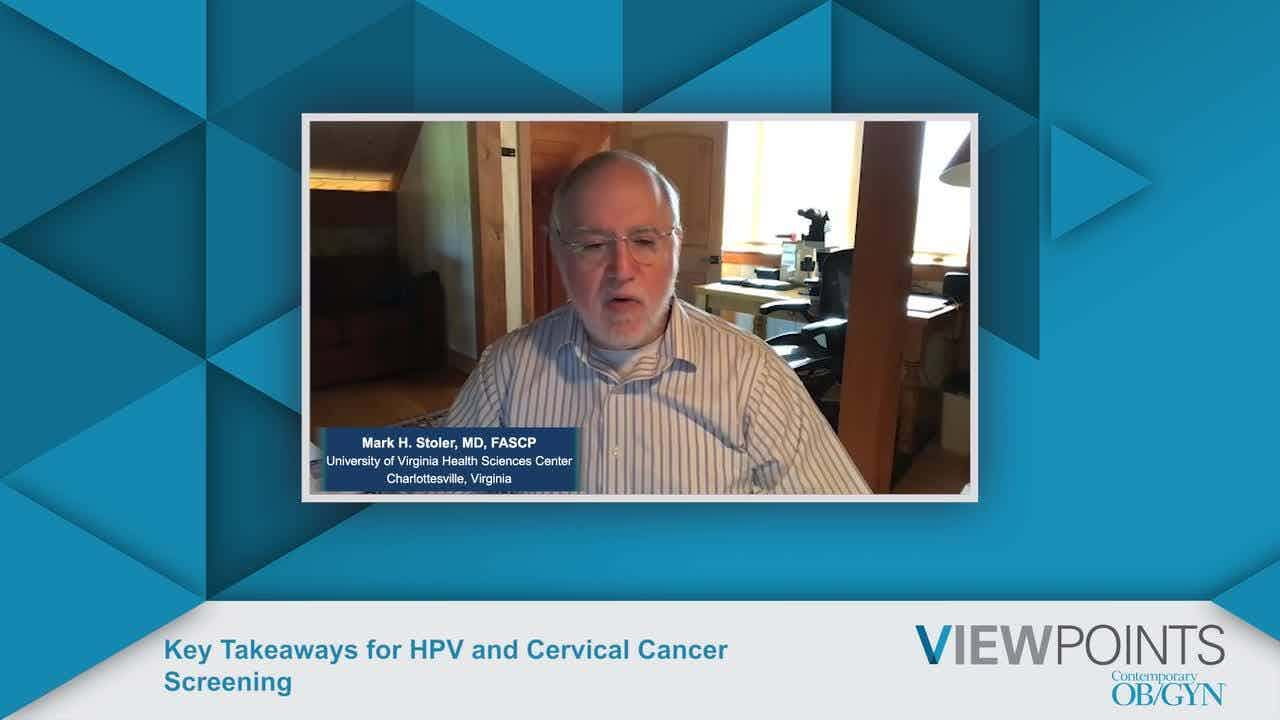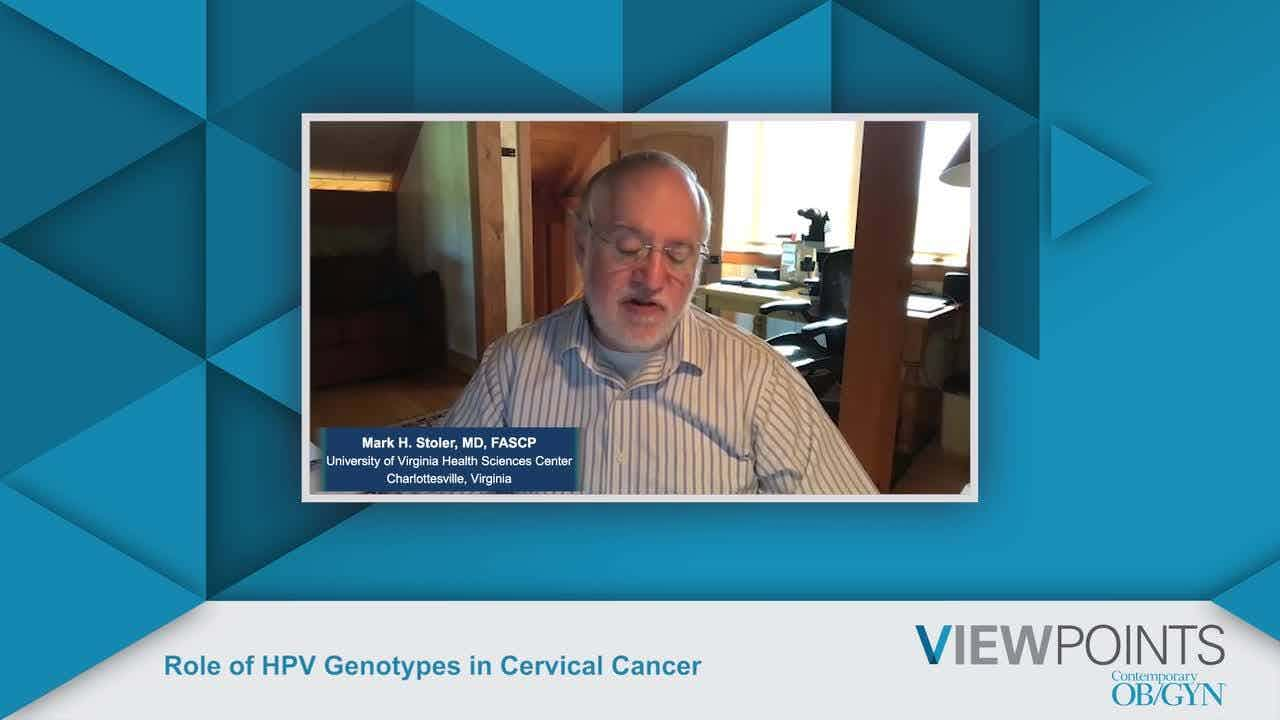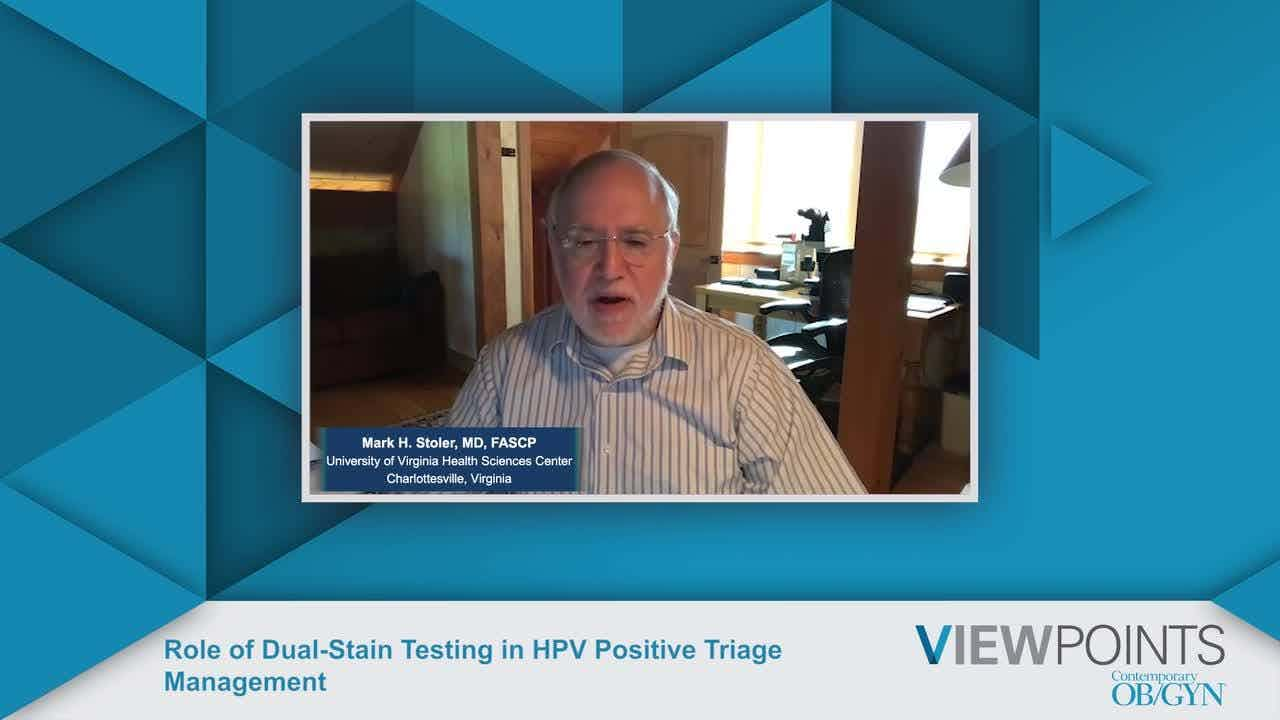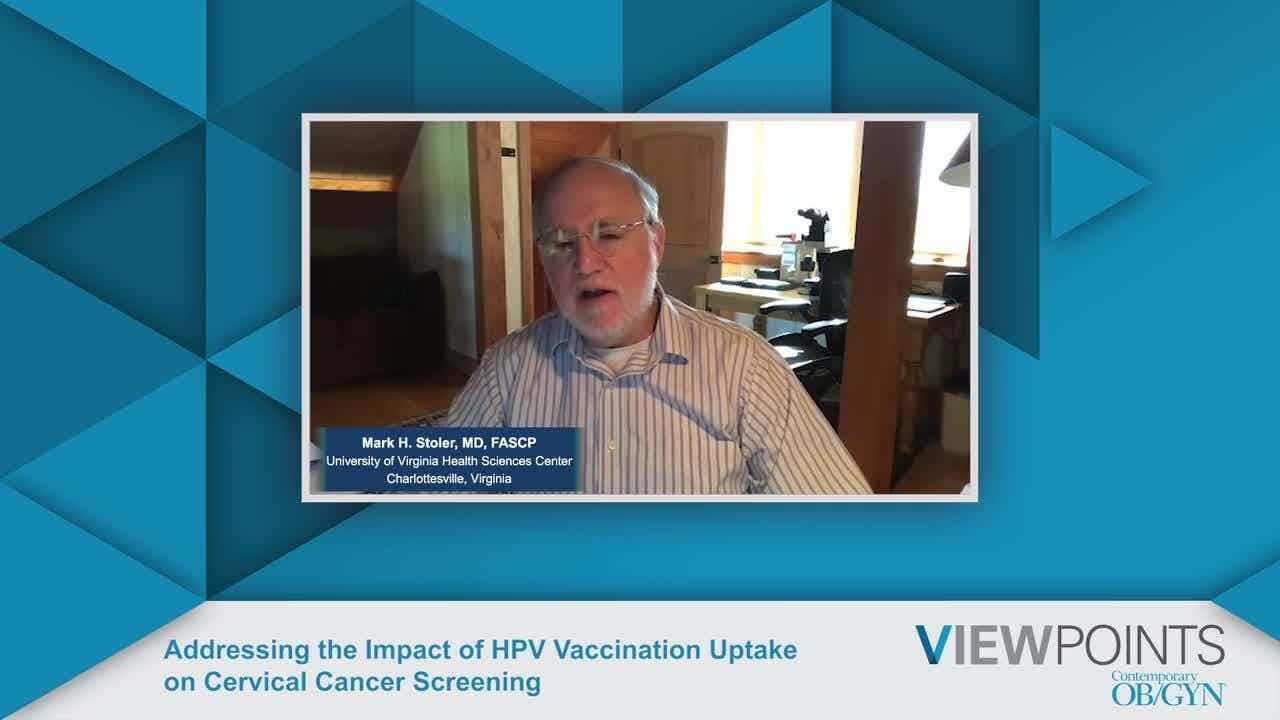Cancer rates in adolescents and young teens increase by almost 30%
A new study found that the rate of cancer in adolescents and young adults increased by 29/6% between 1973 and 2015.
It’s not something that parents ever like to imagine happening to their adolescent or young adult child, but cancer is unfortunately a fact of life. A report in JAMA Network Open offers a look at the trends of cancers in these 2 age groups from 1973 to 2015.1
Previously, there had been little research done on the long-term trends of cancer.
Researchers ran a retrospective, serial cross-sectional, population-based study that used registry data from the Surveillance, Epidemiology, and End Results (SEER) database from January 1973 to December 2015. The population for the study was from US regions that were geographically distinct and had been selected to represent the heterogenous nature of the United States’ racial and ethnic populations.
There were a total of 497,452 adolescents and young adults who were diagnosed with some type of cancer from 1973 to 2015. In this cohort, 293,848 of the patients were female and the majority, 397,295, were white. As the group aged, a decrease in the relative incidence of lymphomas, germ cell and trophoblastic neoplasms, leukemias, and neoplasms of the central nervous system was noted, meanwhile an increase was found in the relative incidence of carcinomas. Among the female participants, 33,828 (11.5%) were diagnosed with cervix and uterus carcinoma; 48,865 (16.6%) were diagnosed with thyroid carcinoma; and 72,564 (24.7%) were diagnosed with breast carcinoma.
The diagnoses for male participants included 19,532 (9.6%) diagnosed with non-Hodgkin lymphoma; 20,850 (10.2%) diagnosed with melanoma; and 37,597 (18.5%) diagnosed with testicular cancer. Researchers found that the rate of cancer in adolescents and young adults increased by 29.6% between 1973 and 2015 and the average annual percent change (APC) per 100,000 persons was 0.537 (95% CI, 0.426-0.648; P < .001).
The cancer that showed the greatest increase was kidney carcinoma and this was noted in both female (APC, 3.632; 95% CI, 3.105-4.162; P < .001) and male (APC, 3.572; 95% CI, 3.049-4.097; P < .001) patients.
The researchers concluded that cancer in adolescents and young adults is an increased concern for the health of the population and many types of cancer have increased in incidence during the studied period.
Further research is needed to increase understanding of cancers in this age group.
This article was originally published on Contemporary Pediatrics.
__
Reference
1. Scott A, Stoltzfus K, Tchelebi L, et al. Trends in cancer incidence in US adolescents and young adults, 1973-2015. JAMA Netw Open. 2020;3(12):e2027738. doi:10.1001/jamanetworkopen.2020.27738
















